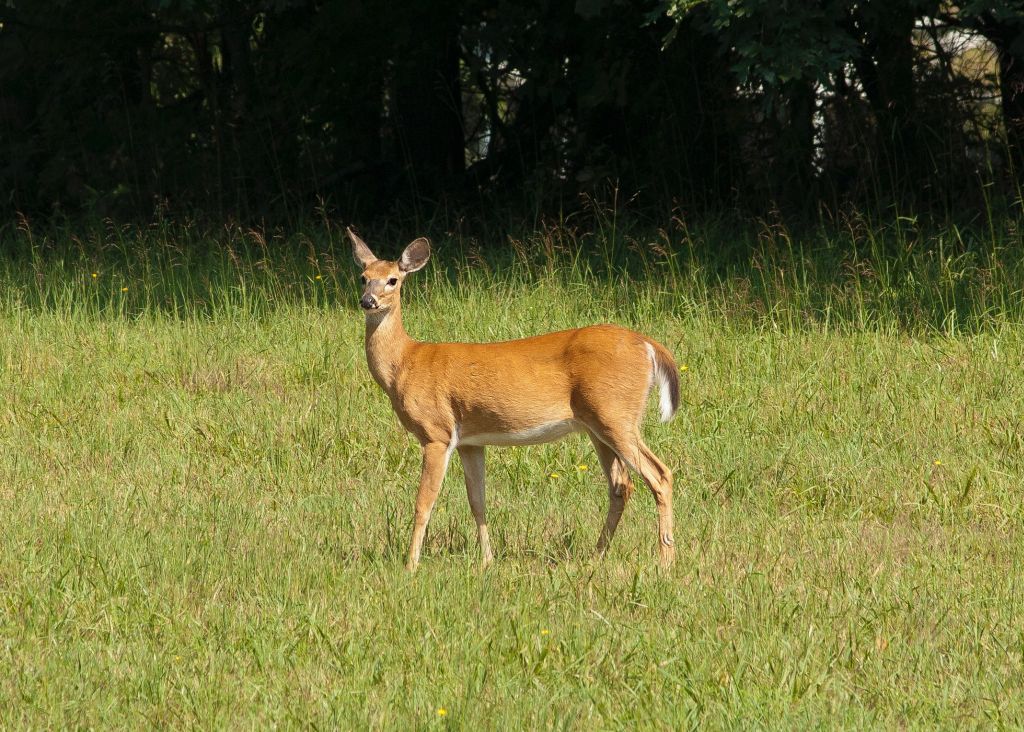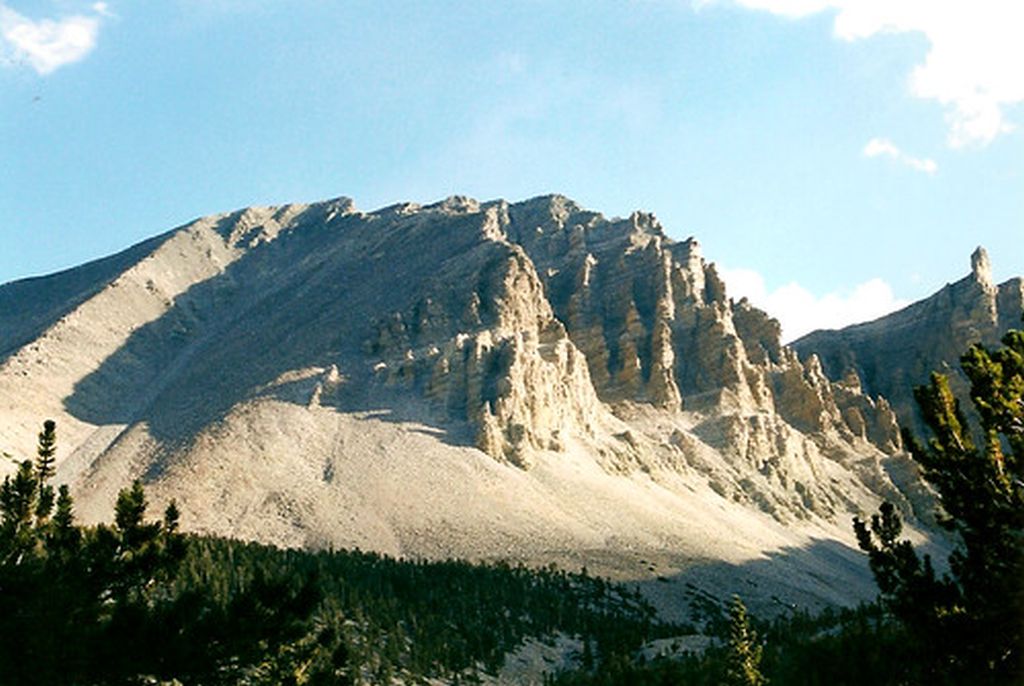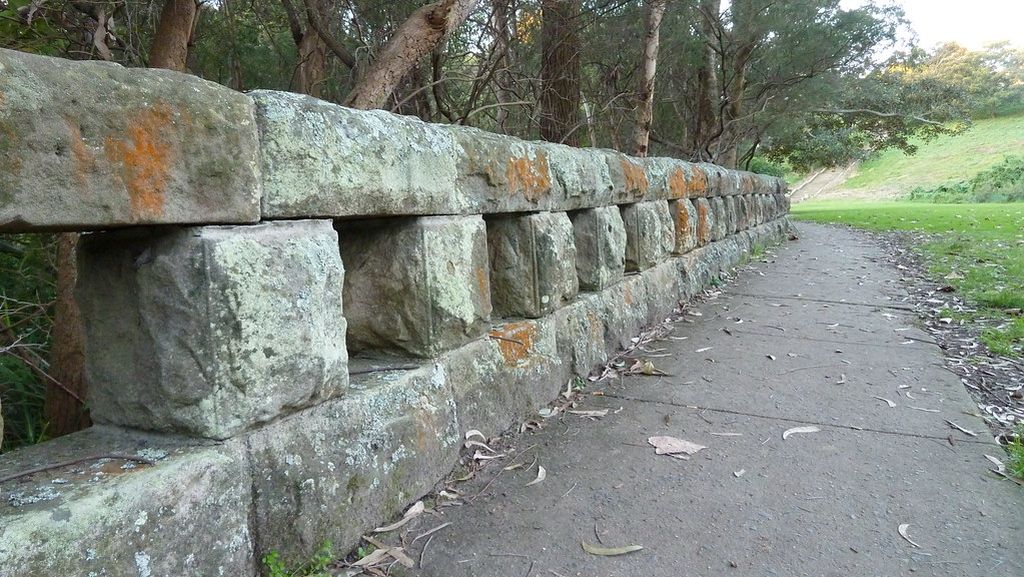Why are nature preserves best for your next summer vacation?
Nature Preserves are the best destinations for ecotourism. They are pieces of land that are protected and managed to secure the continuation of rare and endangered species of animals and plants. This is by far the best way to view animals in their natural environment, with minimal impact by tourism.
These are a few of the many nature preserves around the globe that protect the ever-fleeting natural world. It is important to consider the environmental footprint you make while visiting new locations so that generations to come have the same experience. So without further ado, here are some of the most beautiful locations you should visit during your next vacation!
Indian Rock Nature Preserves history
Indian Rock is a Nature Preserve is in Bristol, Connecticut right next to Cedar Lake. Where they protect 280 acres which include the “Indian Rock.” Now known as rout 69, is where the Tunxis Natives would take refuse while they would hunt along the then game trail. Like many historic migration paths today, taken for roads since they are obviously the easiest route of travel.
They teach school groups and families about colonial times and native American history including models of Wigwams. Wigwams were ceremonial semi-permanent structures used by natives. Check out this link to see their page for more information and a full map to hike the Connecticut Blue Trail.
Sit one of the many lakes at Portman Nature Preserve
Portman nature preserve is in Van Buren County, Michigan is right near Mud Lake, Cedar Lake, and Lime Lake. They have 189 acres containing two miles of hiking trails with more soon to come. More information on trails here, while they also have an app linked on the same page that will help guide you on your journey.
So many things to do with three lakes, hundreds of springs that feed these lakes, and a beautiful river. This richly water fed region is a perfect home for harboring healthy biodiversity. There are plenty of endangered and rare species here to see with 447 plants, more than 20 mammals, 107 kinds of birds, more than 24 reptiles and amphibians, and finally but not least 35 butterflies.
Spend the day near the ocean at Grandview Nature Preserve
Grandview Nature Preserve is in the Chesapeake Bay, Hampton, Virginia at Grandview Point. Covers an area of 475 acres of marshes, dunes, creeks and 2.5 miles of beaches; Providing a perfect location for bird watching and pools to see ocean life.
Did I mention this was an amazing place for birdwatching? The dunes harbor the largest colony of least terns on the Atlantic coast. From May 15th through Sept 15th the preserve will close all dunes for the protection of its migrating birds. This location also has other species of wildlife such as deer, sea lions, and many starfish.
Remember your summer camp days at Kokiwanee Nature Preserve
The Kokiwanee Nature Preserve is in Wabash County, Indiana right near the Kissing Falls and Salamonie River. The Girl Scouts purchased this land in 1945 and let the rest of the land go fallow, after erecting living facilities and one horse stable. Back then there was vastly different land management surrounding the Kokiwanee Nature Preserve and there were almost no invasive species surrounding the land.
This allowed for the biodiversity you can now see today at the Kokiwanee Nature Preserve. They now have a forest with a whopping 55,000, pretty good for land that was once barren. Learn more about ACRES and their other preserves here.
Outdoor recreation at Limestone Canyon Nature Preserve
If you’re still looking for coastal destinations, Limestone Canyon Nature Preserve is in sunny southern California. The land stretches from the mountains to the ocean with rare coastal sage and rare chaparral habitats. This location is identified as one of the world’s biodiversity hot spots with large concentrations of almost countless species.
If you’re a fan of geology, here rock samples and fossils have indicated only a history of animal use for nearly 80 million years. The uplifted limestone features showed themselves in the Cretaceous period (80 million years ago) and have stayed untouched till the Pleistocene period about a million years ago.
This is the largest urban open space of 57,500 acres and has 22 miles of mountain to coastal reach. They do have guided free tours for visitors for those that enjoy horseback riding, mountain biking (including training) and hiking: learn more here.
Search high and low at Great Basin National Park
Above ground at the Great Basin National Park in White Pine County, Nevada. Hike to the top of the 1300 ft peak of Mt Wheeler, to the small glacier and to the 4000-year-old bristle pine trees. There’s hardly a shortage of things to see above ground with the great basin reaching 200,000 square miles.
If you’re looking for some caves to explore, below ground they have the Lehman Caves chock full of stalagmites, stalactites, and helictites (rare cave formations).
The grounds harbor 800 species of plants and 61 species of mammals, to hopefully stumble across on your journeys, more information here.
See some prairie life at Cooper Mountain Nature Park
If you’re seeking a place to learn or exercise with a view, Cooper Mountain Nature Park in Portland, Oregon is perfect. Harboring native Oregon white oaks, and a small prairie that has only been touched by animals for hundreds of years. The park consists of 3.5 miles of hiking trails to explore that passes through every kind of habitat they have.
The Nature House where they provide natural education to visitors of all ages. If you’re interested in fitness with a view they also have classes. Welcoming all who are looking for nature walks, kids camps, preschool programs, and a host for birthday parties. The Cooper Mountain Nature Park has the best view of the Chehalem Mountains.
Not all states have national parks though here is a list of all them, there might be one near you.
Also Read:
Top 10 Summer Getaways for 2019: Floating markets to adventures in Nature








